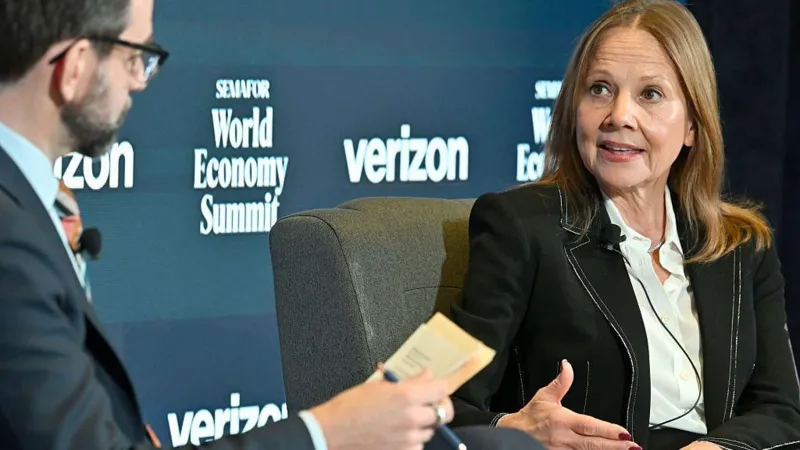
President Donald Trump has implemented comprehensive tariff increases on imports since returning to office, beginning with Chinese goods and expanding to products from nearly all countries globally. The emerging economic landscape reflects the construction of extensive tariff barriers not seen in the United States for over a century.
Since April, most imported goods face taxes of at least 10%. Additional tariff increases are scheduled to begin on August 1st, following the conclusion of temporary pauses on some planned levies.
Trump has communicated planned tariffs to various countries through official letters and established agreements with major trading partners, including the European Union and Japan. These “frameworks” contain unresolved issues while implementing previously unprecedented levy structures.
Current import taxes range from 10% to 50% based on country of origin, representing a significant increase from the average tariff rate of less than 2.5% at the year’s beginning. While Trump has modified some initial proposals, analysts describe the changes as a “dramatic shift” with potentially “significantly disruptive” effects.
The administration characterizes these measures as fulfilling campaign promises, citing benefits including manufacturing job creation, overseas market access, and government revenue generation. The US has collected over $100 billion in tariff revenue this fiscal year, establishing a new record. The tariffs also serve as leverage on non-trade issues, including military spending and social media policies.
However, businesses report various operational challenges. Village Lighting Company owner Jared Hendricks secured a $1.5 million home-backed loan to manage unexpected cost increases. His Utah-based company, employing approximately twelve people, faces difficulties competing with larger companies for pre-deadline deliveries of Southeast Asian-manufactured Christmas merchandise.
Major corporations report substantial financial impacts. General Motors paid over $1 billion in tariffs between April and June despite exemptions for Mexican and Canadian car parts. Tesla incurred $300 million in additional costs. Toy manufacturers Hasbro and Mattel anticipate tens of millions in tariff expenses and have reduced sales forecasts. Aerospace manufacturer RTX projects $500 million in costs after mitigation efforts.
Some industries, particularly steel, anticipate increased domestic demand from new protections. Labor unions support portions of Trump’s trade policies.
Economists predict slower US growth as company profits decline, forcing businesses to reduce investments or increase consumer prices. Los Angeles-based Waza, employing thirty people selling Japanese products, has implemented 10% to 20% price increases. Despite maintaining sales levels, the company considers expanding outside the US market.
Goldman Sachs analysts estimate tariffs will reduce US growth by one percentage point this year. Wells Fargo economist Tim Quinlan noted concerning trends in discretionary consumer spending, which decreased in the year’s first five months—a pattern historically associated with recessions.
Stock markets have reached new highs as initial fears following April’s tariff announcements have subsided. Consumer confidence has improved, prices remain stable, and employment continues growing.
Budget Lab at Yale University director Ernie Tedeschi predicts tariffs will reduce growth by 0.8 percentage points, describing potential outcomes as occupying middle ground between positive and recessionary scenarios.
As pre-tariff inventory supplies diminish and August 1st approaches, businesses anticipate experiencing the fuller effects of the measures. EarthQuaker Devices, an Ohio guitar pedal manufacturer employing 34 people, has postponed hiring and equipment purchases while planning price increases. The company reports declining international sales, comprising 40% of business, attributed partly to anti-American sentiment related to trade policies.





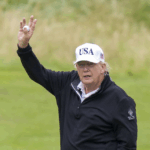

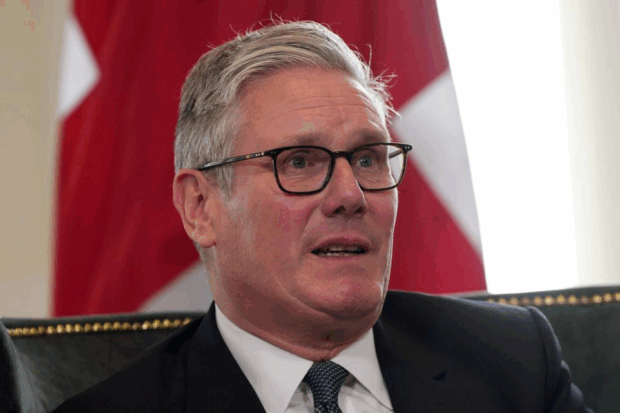
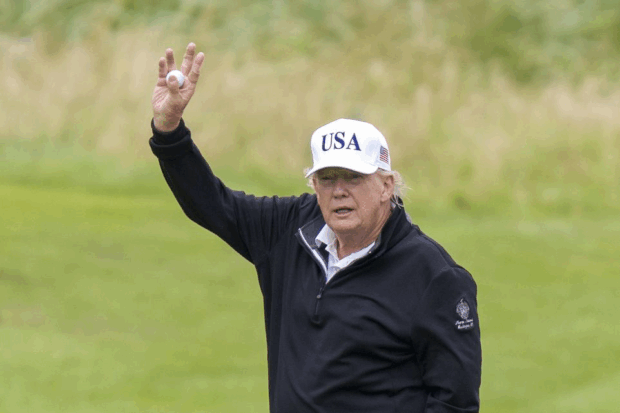
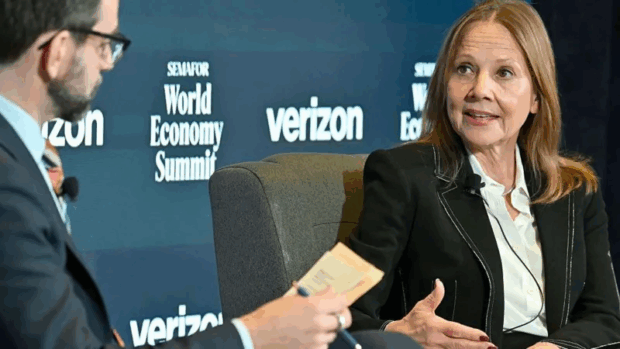
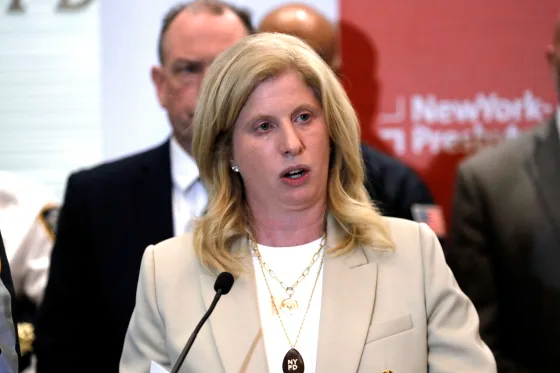
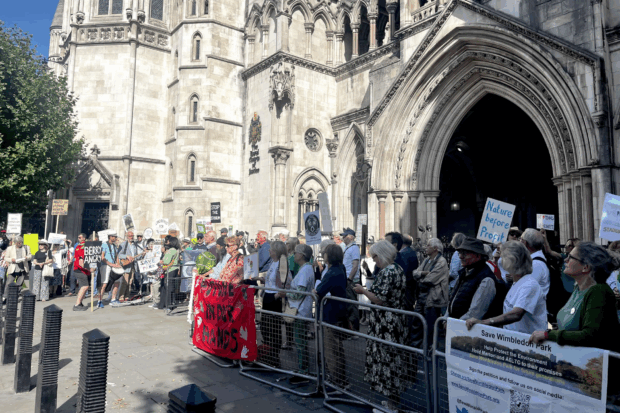
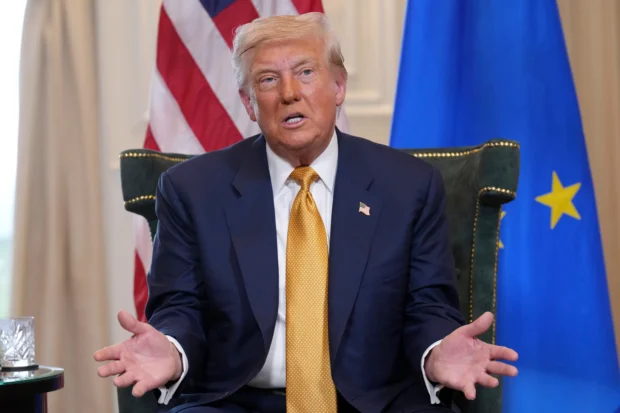
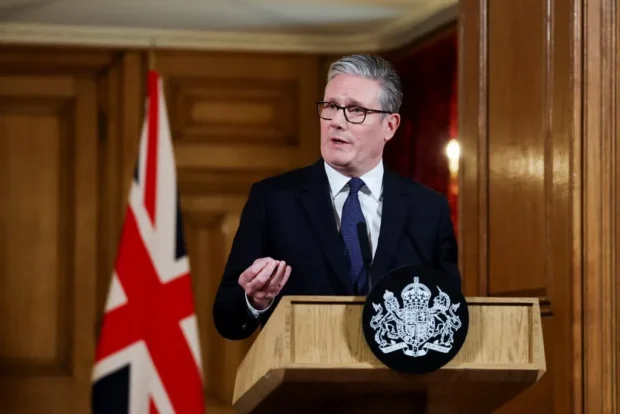
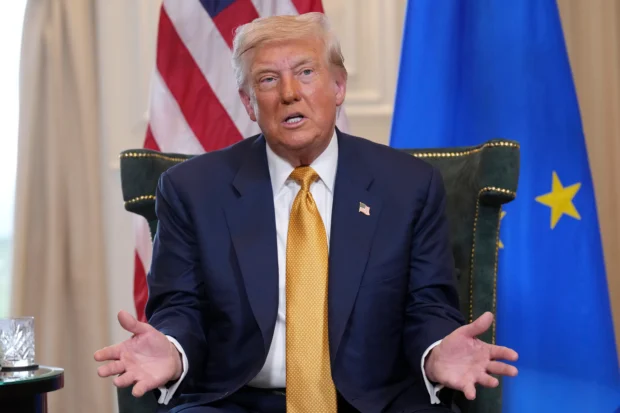
Be the first to leave a comment